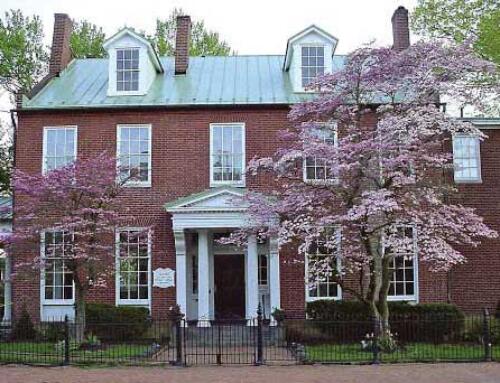Cresap Stone

The Cresap Stone at Riverside Park.
The Indians called Col. Thomas Cresap “Big Spoon” in recognition of his plentiful hospitality.
One of the most famous figures in the history of colonial Maryland is frontiersman Thomas Cresap. (c.1702—c.1790). An English-born settler and trader in Maryland and Pennsylvania, Col. Cresap built the first home and fort in Allegany county at what is now called Oldtown, located 15 miles south east of this marker. At the time of the French and Indian War, his small cabin was the furthest westward point of British control in the Middle Atlantic region.
Cresap’s cabin became a landmark and waypoint for travelers. In 1747, a 15-year-old George Washington visited Cresap’s cabin while working on the survey of Lord Fairfax’s western lands, and he was stranded there for five days by heavy rains.
In 1751, Col. Cresap worked with Native American Chief Nemacolin to improve a Native American path into the Ohio Valley, which facilitated westward expansion. Erected in 1919, this monument marks the starting point of that path.
Today: The Cresap Society, descendants of Col. Cresap regularly gather in Oldtown to recognize their common ancestor, and his contributions to the taming of the American Frontier. Archeologists recently discovered the site of Col. Cresap’s home, located in what is now the Chesapeake & Ohio Canal National Historical Park.
Cresap Stone

The Cresap Stone at Riverside Park.
The Indians called Col. Thomas Cresap “Big Spoon” in recognition of his plentiful hospitality.
One of the most famous figures in the history of colonial Maryland is frontiersman Thomas Cresap. (c.1702—c.1790). An English-born settler and trader in Maryland and Pennsylvania, Col. Cresap built the first home and fort in Allegany county at what is now called Oldtown, located 15 miles south east of this marker. At the time of the French and Indian War, his small cabin was the furthest westward point of British control in the Middle Atlantic region.
Cresap’s cabin became a landmark and waypoint for travelers. In 1747, a 15-year-old George Washington visited Cresap’s cabin while working on the survey of Lord Fairfax’s western lands, and he was stranded there for five days by heavy rains.
In 1751, Col. Cresap worked with Native American Chief Nemacolin to improve a Native American path into the Ohio Valley, which facilitated westward expansion. Erected in 1919, this monument marks the starting point of that path.
Today: The Cresap Society, descendants of Col. Cresap regularly gather in Oldtown to recognize their common ancestor, and his contributions to the taming of the American Frontier. Archeologists recently discovered the site of Col. Cresap’s home, located in what is now the Chesapeake & Ohio Canal National Historical Park.







